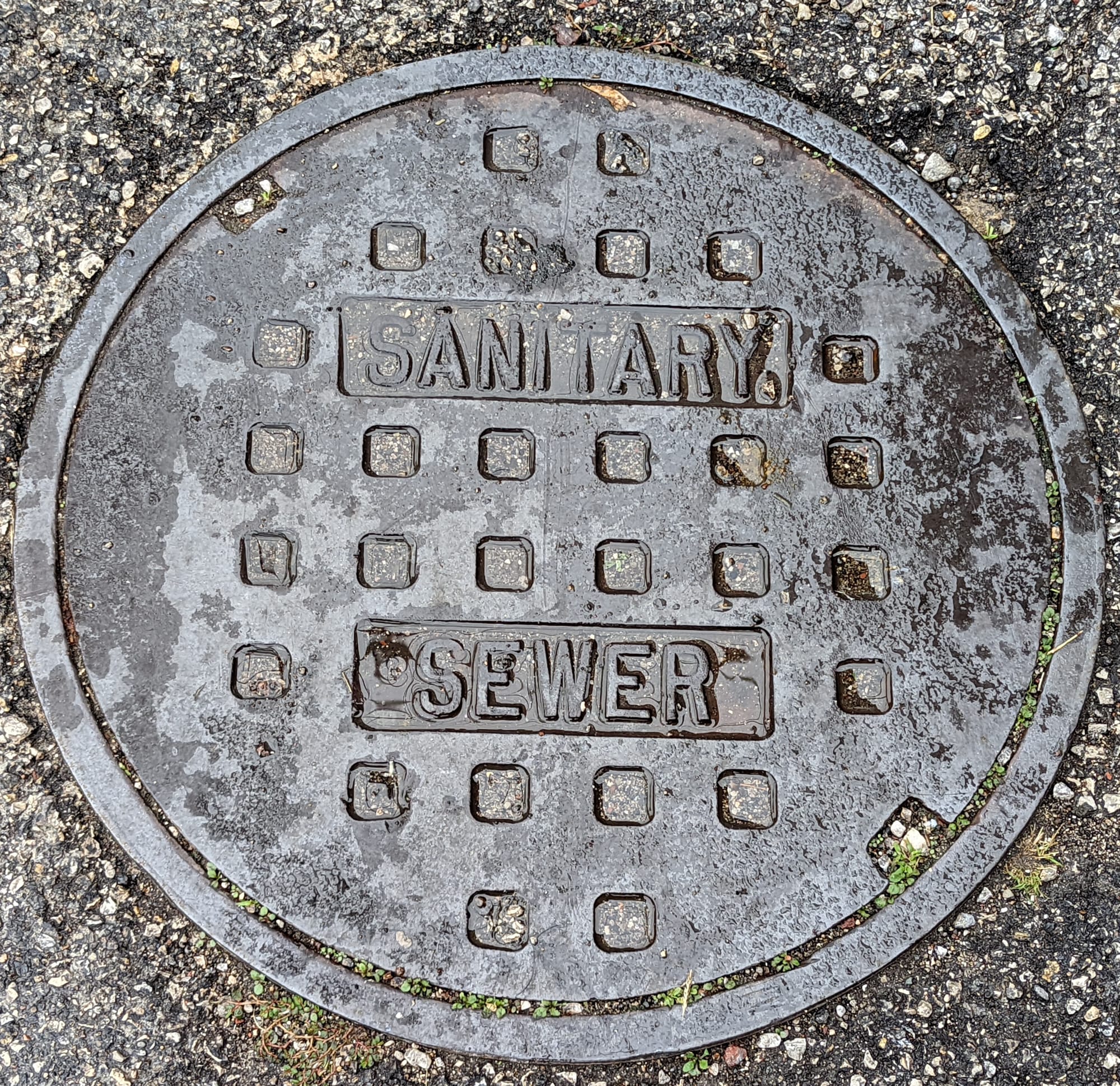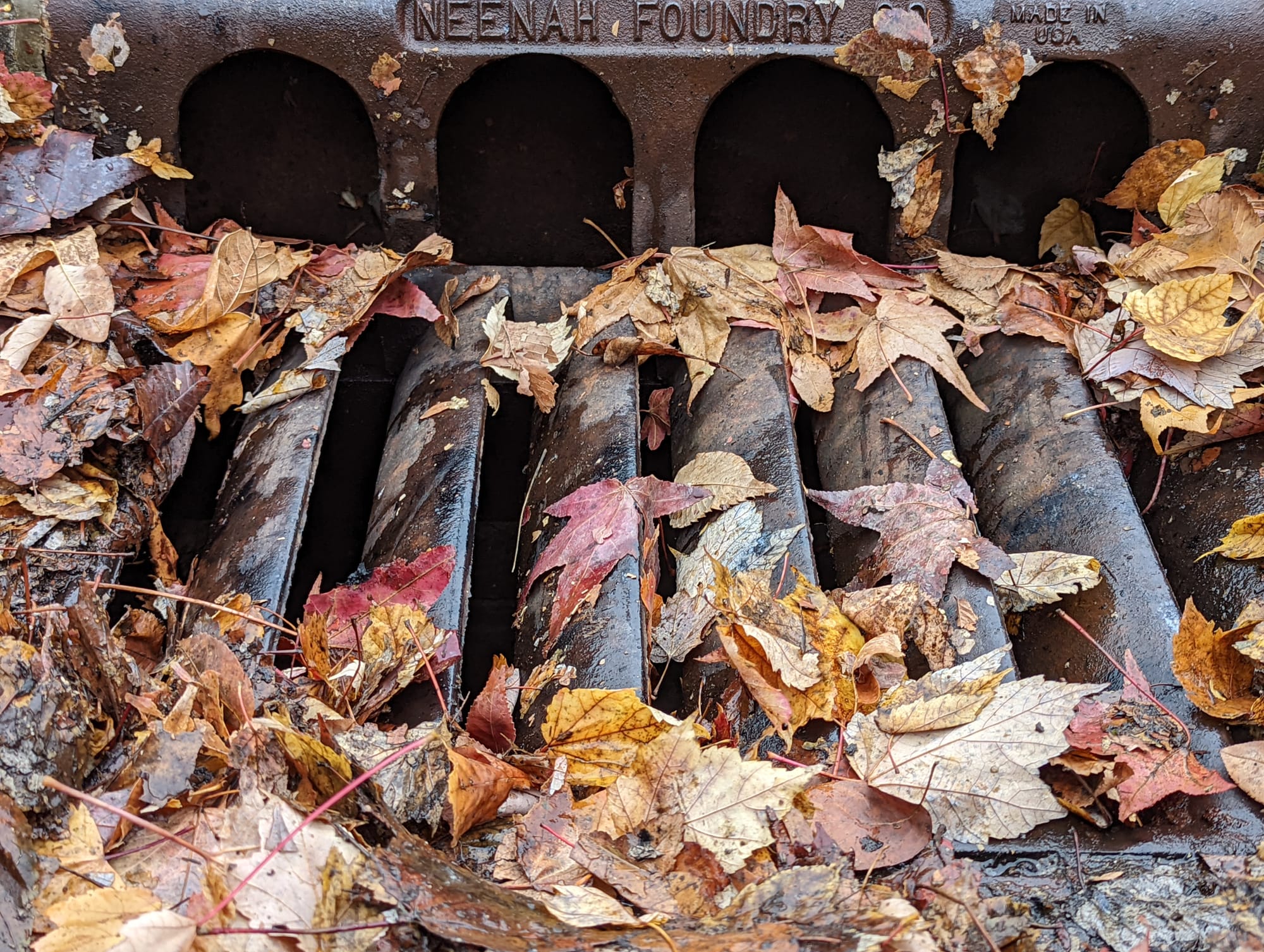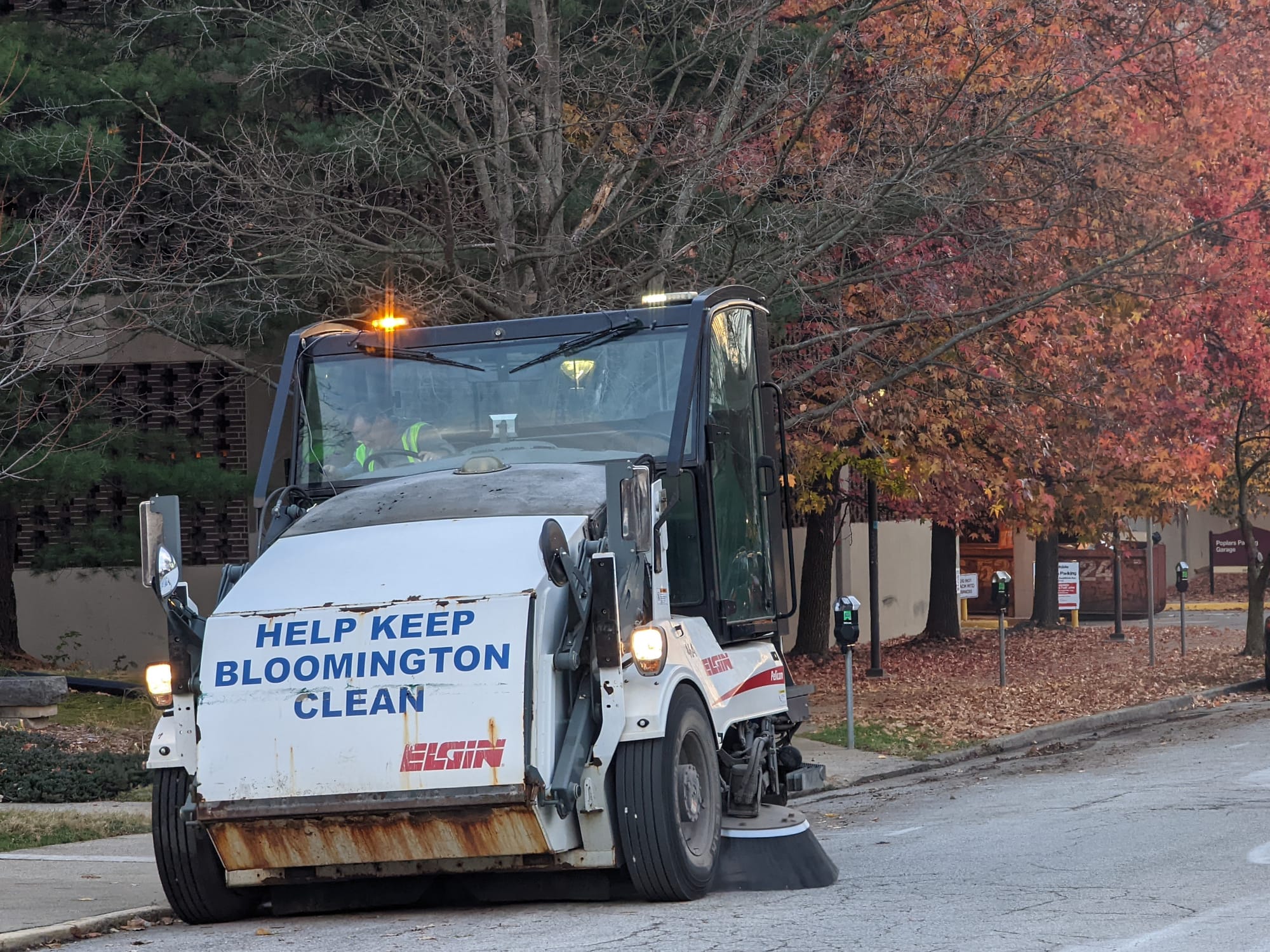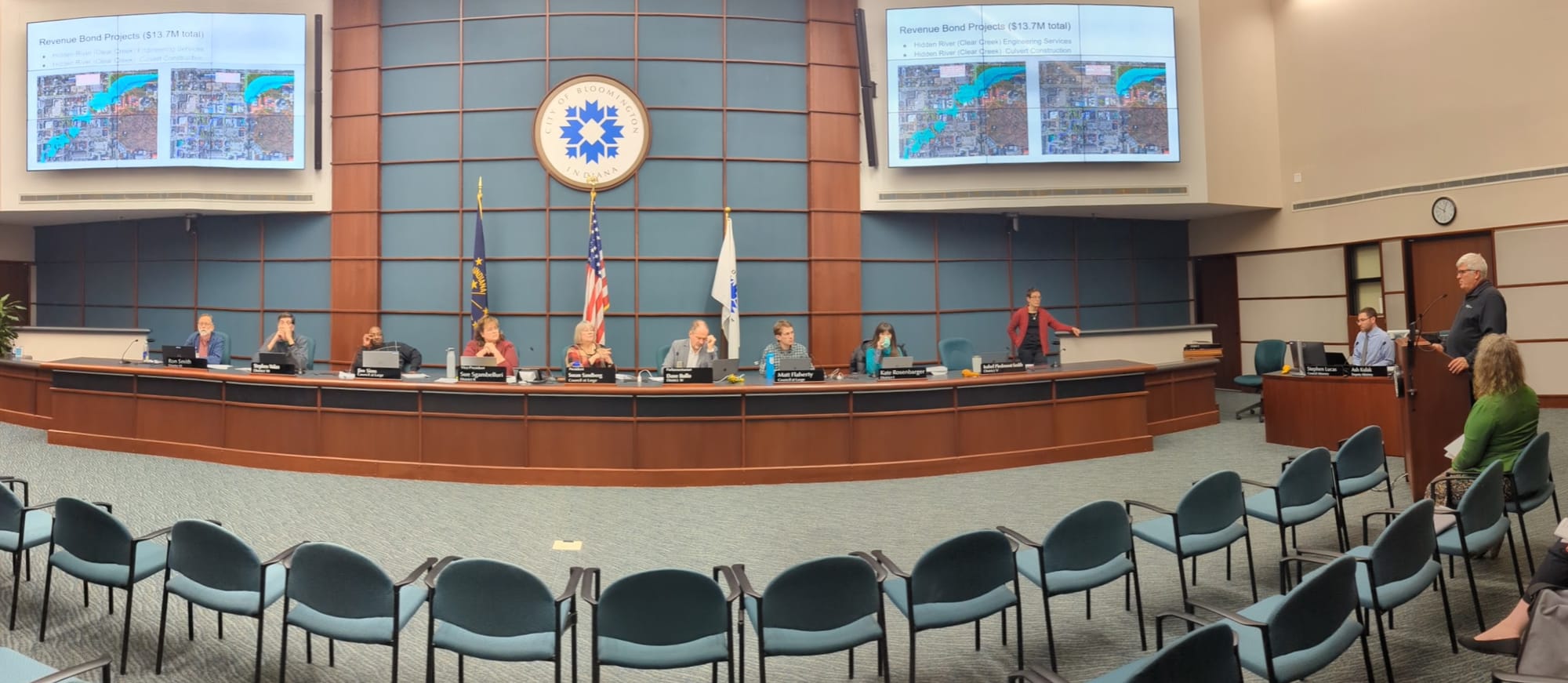Bloomington sewer, stormwater rate increases get city council OK





Approved by Bloomington’s city council on Wednesday night were increases to sewer (wastewater) and stormwater rates. Not affected are drinking water rates.
Stormwater rates will increase from $5.95 a month to $7.50 a month for about a 26-percent increase. That works out to $18.60 more a year. [($7.50 – $5.95) * 12] The stormwater rate increase will take effect in January 2023.
On the sewer side, the increases are in two phases, the first in January 2023 and the second two years later, starting in January 2025.
For the sewer monthly service charge, the first bump is from $8.19 to $9.17 and then to $9.72. From the current rate to the Phase II rate, that’s an 18.6-percent increase. [$8.19/($9.72 – $8.19)]
For the sewer usage rate, the first bump is from $7.99 per 1,000 gallons to $8.95, then to $9.49 in the second phase. From the current rate to the Phase II rate, that’s about an 18.7-percent increase. [($9.49 – $7.99)/ $7.99]
Based on past B Square reporting, an average city of Bloomington utilities (CBU) customer who lives inside the city uses 3,300 gallons of sewage service a month.
Comparing current rates to what the rates will eventually be under Phase II, an average inside-the-city customer would see an annual sewer bill increase from $414.68 to $492.44.
The votes on the rate increases were unanimous.
For outside-the-city sewer customers, rates have been 12-percent higher since 2019, when the city council adopted a differential rate system for inside and outside the city.
The recommended rate increases by the utilities service board were based on a consultant’s report on sewer and stormwater rates.
According to Bloomington utilities director Vic Kelson, the sewer rate increase is needed, in part, in order to upgrade and modernize equipment. “When you’ve got 40-year-old equipment, that’s at or beyond end of life, you really have to replace it,” Kelson said.
Kelson also told the council that the rate increases will fund major infrastructure projects that will help address the problem of sewer overflows, which can threaten public health and the environment.
The rate increase will help fund a five-year $109-million capital improvement plan, which includes elements for improvements to the Dillman Road wastewater treatment plant, the Blucher Poole wastewater treatment plant, and the collection systems—that is, the pipes leading to the treatment plants.
During public comment time, Bloomington resident Sandy Washburn asked that “impact fees,” not just connection fees, be charged to developers, to pay for upgrades to sewer lines required by new construction.
Kelson said that city of Bloomington utilities (CBU) already implements a kind of impact fee.
Kelson described a hypothetical scenario where the additional demand from a new development requires a 16-inch sewer line to be upgraded to a 20-inch sewer line. It would not be reasonable to charge the developer for the whole cost of that upgrade, Kelson said. That’s because the 20-inch expansion would be serving all the people who have connected for the last 20 years, plus a lot of people who will connect to the sewer after the expansion is done.
What CBU does is collect part of the cost from the developer who triggered the need for an updated sewer line, and pays for the rest itself, using existing rate payer revenue. But when future new connections are made to that upgraded sewer line, the people making the connection will pay a connection fee, plus their fraction of the cost to add the increased capacity to the line, Kelson said.
Washburn also commented on the stormwater fee increase. She showed the council slides with photographs of a spot in her neighborhood that routinely has clogged stormwater inlets and flooding in the alleyways, not just after big rains. The city has not “spent a dime” on that area of the city to manage the stormwater, she said.
Washburn has cleaned out the inlets herself and the city has sent some people to clear them on occasion, she said. But she called for an approach that does not rely on volunteers to adopt a storm drain.
Kelson responded to Washburn’s presentation in part by saying that the spot that Washburn is talking about was historically a pond, so every direction from that place is uphill. The best approach is to try to intercept the stormwater at the top of the hill, Kelson said. Part of that approach is to ensure that the stormwater inlets along the street are free of debris.
Keeping stormwater inlets clear is one of the goals of the city’s new street sweeping program, which will be handled by CBU, instead of the public works street department. Some of the increase in stormwater fees is supposed to fund the new street sweeping program.
This fall was the last year for the city’s program where vacuum trucks suck up the leaves that residents push to the curb. That topic drew a question from councilmember Ron Smith, about the potential impact that could have on the challenge of keeping stormwater inlets clear.
Kelson said that there will always be leaves that don’t get bagged up, and there will be leaves that get blown into the street right off the tree. Kelson continued, saying that he couldn’t predict how many more leaves might wind up in the street, because the city is ending the leaf vacuuming program.
Kelson added that it’s better for the environment overall, if people either bag their leaves or mulch them. That approach is “far preferable over going out there with giant vacuum cleaners and vacuuming them up,” Kelson said.
About the new street sweeping program that is to be developed, Kelson said on the days that CBU wants to sweep one side of the street, that residents in that area might be asked to park their cars on the other side of the street.




Comments ()